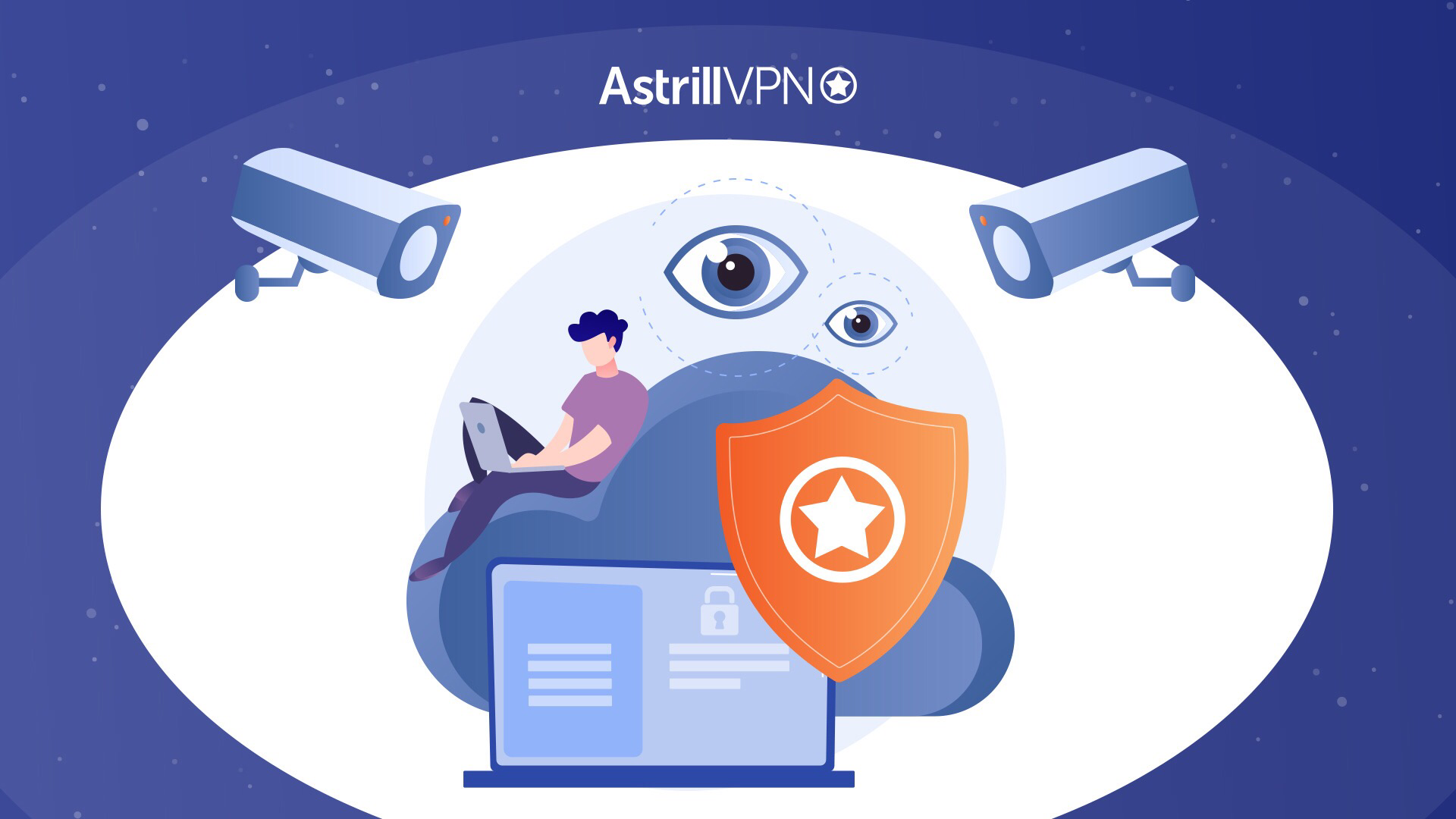5 Eyes, 9 Eyes, and 14 Eyes Alliances: What you Need to Know

Arsalan Rathore

Online privacy is everyone’s right and no one has the right to access anyone’s private information. However, the governments think otherwise!
The governments of many countries believe that they have the right to invade the privacy of any internet user as per their need. This is what they have been doing for decades now, in the name of things like cybersecurity, “war on terrorism” and “national security”.
In 2018, Five Country Ministerial (FCM) held a meeting and discussed different things related to the security. The press release stated,
“Just as the internet provides many benefits, it also provides opportunities for people to carry out crimes and spread illicit content. Terrorism, child sexual abuse and exploitation, violent extremism, and coercive acts of interference and disinformation are enduring concerns of government. The anonymous, instantaneous, and networked nature of the online environment has magnified these threats and opened up new vectors for harm. Governments have a responsibility to protect those within our borders against both physical and digital threats, and to ensure that the rule of law prevails online, as it does offline. We have a responsibility to tackle these challenges in a coordinated and effective way.”
The Attorneys-general of the FCM believes that they can invade anyone’s privacy in the name of security and for the greater national interest. There is nothing wrong with trying to catch terrorists, criminals, and people involved in illicit acts but the masses should not be victims of the surveillance.
Table of Contents
What is Five Eyes Alliances?
The UK USA Agreement, an intelligence pact from the Cold War era, is where the Five Eyes Alliance got its start. Initially, the United States and the United Kingdom agreed to share intelligence in order to decrypt Soviet Russian intelligence.
Initially, it was an alliance between USA and UK only but by the end of the 1950s, Canada, Australia, and New Zealand also became a part of the alliance. This is how the Five Eyes Alliance came into existence, which comprises five English-speaking countries. Over a period of time, this alliance for surveillance of online activity of internet users has strengthened well. All members of the alliance share information with each other from time to time.
This alliance was kept a secret amongst the five countries for a long time. However, when Edward Snowden leaked various confidential documents that he obtained when he was working for the NSA, in 2013. These records revealed pervasive government monitoring of citizens’ online activity and it the proofs were brought to light that the network for exchanging intelligence across borders is larger than previously believed.
In these documents, it was also noted that the alliance was sharing intelligence related to the Soviet Union during the period of Cold War. Nevertheless, Edward Snowden also blew the whistle that NSA was tapping phone calls, faxes and emails of citizens.
NSA claims that they track the online activity of people to maintain peace and it’s an act because of their “war on terrorism”. In reality, this is an infringement of privacy and this is in no way ethical to track anyone’s online activity. The Internet was supposed to be a space where people can do whatever they want without worrying about anyone spying on them.
Five Eyes Alliances (FVEY) Surveillance Countries
- The United States – National Security Agency (NSA)
- The United Kingdom – Government Communications Headquarters (GCHQ)
- Australia – Australian Signals Directorate (ASD)
- Canada – Communication Security Establishment Canada (CSEC)
- New Zealand – Government Communication Security Bureau (GCSB)
Five Eyes Alliances (FVEY) SurveillanceAgencies
- National Security Agency (NSA)
- Government Communications Headquarters (GCHQ)
- Australian Signals Directorate (ASD)
- Communication Security Establishment Canada (CSEC)
- Government Communication Security Bureau (GCSB)
What is Nine Eyes Alliances?
After the formation of the Five Eyes Alliance, four more countries joined the alliance to spread the surveillance in Europe. These four countries include Denmark, the Netherlands, France, and Norway.
The Five Eyes Alliance use a centralized system known as Stone Ghost but these added four allies do not have have access to the Stone Ghost system. These four extra nations have access to the same tools as the Five Eyes, but they are restricted from all of the information they gather. The NSA or GCHQ may also receive data from Nine Eyes countries.
Nine Eyes Surveillance Countries
Following countries joined hands with the existing Five Eyes Alliance:
- Norway
- Netherlands
- France
- Denmark
What is Fourteen Eyes Alliances?
The 14 Eyes was created when the intelligence partnership between nations grew and new governments joined. The Five Eyes Alliance expanded to the NineEyes Alliance and then after some period of time five more countries became allies of the surveillance alliance it becoming the Fourteen Eyes Alliance.
This 14 Eyes Alliance is also known as SIGINT Seniors Europe (SSEUR), which was highlighted in the documents leaked publicly by Snowden. In contrast to what one may believe, this partnership is actually even less “intimate” than Nine Eyes Alliance members.
The goal of this arrangement was the same as well: to allow different agencies to conduct surveillance across the nation while exchanging intelligence information and offering technical support.
Fourteen Eyes Surveillance Countries
1. The United States
2. The United Kingdom
3. Australia
4. Canada
5. New Zealand
6. France
7. Norway
8. Denmark
9. Netherlands
10. Spain
11. Sweden
12. Germany
13. Italy
14. Belgium
Surveillance Programs Operated by FVEY
PRISM
SIGAD US-984XN, often known as PRISM, is a program run by the NSA. It gathers and stores online communications from different US digital businesses. Based on Section 702 of the FISA Amendments Act of 2008, these are demands made by the government to internet service providers like Google LLC.
Any data that matches search criteria authorized by the court must be turned over by web-based businesses. These PRISM requests are used by the NSA to target communications, including encrypted ones. After that, the data is put to use in covert operations.
XKeyscore
The NSA uses a top-secret computer system called XKeyscore, also known as XKS. Every day, it monitors and analyzes internet data throughout the world. The intelligence services of Australia, Canada, New Zealand, Britain, Japan, and Germany have also been given access to the software.
Edward Snowden claims that the intricate system allows for unrestricted surveillance of people anywhere in the world. The NSA claims, however, that its reach is constrained and confined. In any case, the scheme is just another example of how the five-eyed countries exploit technology to collect more information about people’s whereabouts.
Tempora
GCHQ’s top-secret machine for buffering internet traffic pulled from fiber-optic links. It wasn’t until 2011 that the technology was put into service after years of testing. Without raising any red flags, it gives the agency access to a lot of private information.
The system, according to Edward Snowden, consists primarily of two programs, Global Telecoms Exploitation (GTE) and Mastering the Internet (MTI), which are designed to gather internet and telephone traffic. 250 NSA analysts and 300 GCHQ analysts had been tasked with organizing the data when May 2012 rolled around.
MUSCULAR
MUSCULAR, also known as DS-200B, is a GCHQ and NSA program that is based in the UK and has been proven to be the reason for breaches at Google and Yahoo data !’s servers. MUSCULAR had gathered 181 million records during a 30-day period for top-secret uses.
The NSA’s operations use millions of records every day from the networks of Google and Yahoo to data repositories in Fort Meade, Maryland, according to the document that Edward Snowden leaked. In comparison to PRISM, the software gathers twice as many data points.
STATEROOM
STATEROOM is jointly controlled by CSE, CIA, ASD, GCHQ, and NSA. It might not be distinctive from any other method of mass surveillance.
The STATEROOM is a signals intelligence program purportedly used to conduct diplomatic missions, run by participants in the ECHELON network and signatories to the UKUSA agreement. However, the majority are unaware of the program’s actual goal.
FVEY Agencies Targetting Important Individuals
- Strom Thurmond – Spied on his telephone calls via the ECHELON Surveillance System.
- Nelson Mandela – Placed under surveillance by British SIS agents over terrorist rumors.
- Jane Fonda – Communications intercepted by GCHQ and NSA for political activism.
- Ali Khamenei – Target for a high-tech espionage mission by GCHQ and NSA.
- John Lennon – Put on surveillance by FBI and MI5 for protesting against Vietnam Wa
- Ehud Olmert – Included in the list of surveillance targets of GCHQ and NSA.
- Susilo Bambang – The former president and his wife were placed under ASD and NSA surveillance.
- Angela Merkel – Phone communications were monitored from 2003 to 2013 via STATEROOM program.
- Princess Diana – Top secret file containing more than 1000 pages collected by GCHQ and NSA.
Read Also: Are VPNs Legal or Illegal in 2022?
FVEY Agencies Targetting Important Organizations
- Tsinghua University
PRISM program spying on thousands of Hong Kong and Chinese citizens.
- The Racah Institute of Physics
1,000 Israeli targets listed by American and British surveillance.
- United Nations General Assembly
NSA spying on UN partners, officials, and secret pacts.
- International Atomic Energy Agency
The NSA tapped the phone of IAEA’s founder.
- Pacnet
Asia Pacific fibre-optic network operator hacked by US in 2009.
- Belgacom
Triggering a wave of outrage in the country, GCHQ hacks Belgacom (Operation Socialist).
- Petrobras
NSA spies on Petrobras ventures of exploring oil in deep-sea areas.
- Thales Group
Spied on top officials in 60 nations, including the owner of Thales Group.
- MasterCard
NSA is engaged in monitoring international payments from the financial company.
- Visa Inc
A branch called “Follow the Money” (FTM) was created by NSA for monitoring payments.
Impact of 5,9,14 Eyes Surveillance on VPN Users
The most primary reason why people use a VPN is to ensure digital freedom and to protect their privacy. However, if the VPN you are using is based in any of the country that is a part of this surveillance alliance, then they can easily ask the VPN provider for information regarding your online activity.
Even if you are using a VPN, you will not be actually safe online because you will be continuously spied on by agencies. This is against the very phenomenon of freedom of speed and this restricts the digital freedom of users.
How to Protect Yourself Against 5,9,14 Eyes Surveillance

The best way to protect yourself from the 14 Eyes surveillance is by choosing a VPN that is not based any of countries that is part of the alliance. Astrill VPN strongly advocates the privacy rights of users and firmly believes in the digital freedom.
This is why Astrill VPN is based outside of the 14 eyes alliance in Liechtenstein and therefore, there is no restriction on VPN usage. You may sign-up for Astrill VPN and start encrypting your traffic and protecting your online privacy right away, no matter where you are.
A VPN masks your IP and DNS and protects your data by routing your traffic through encrypted servers rather than the commercial ones owned by your ISP. Your traffic would be total gibberish to anyone attempting to decipher it.

No comments were posted yet